Depending on the delivery and differing for every woman, the postpartum recovery will vary and take about six to eight weeks. We list down some changes to expect after delivery.
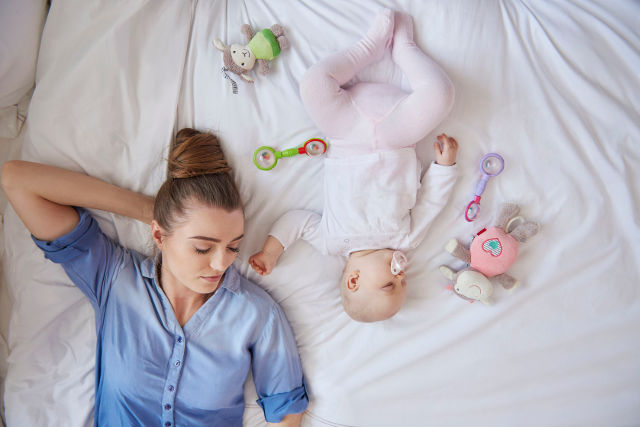
Contraction of Uterus
There will be contractions, also known as after pains, that are experienced when the uterus contract back to pre-pregnancy size.
Care: Inform your doctor of the pains who may prescribe pain relief medication. Breastfeeding also helps with the contraction of the uterus.
Vaginal Bleeding
There will be vaginal bleeding and discharge that come and go with it being more intensive for the first two to four weeks.
Care: Use sanitary pads for the bleeding instead of tampons as the blood flow is heavy. Tampons may increase the risk of infection when the blood flow is heavy.
Vaginal Soreness
Especially for mothers who had a perineal tear or episiotomy (cut), vaginal pain, soreness and numbness may be experienced.
Care: Use a cool compress to relieve the pain and use warm water for cleaning the area instead of rubbing too hard with toilet paper. Try to lie down or sleep on the side rather than the back to relieve pressure.
Let your doctor know at the first check-up after birth and pain medication may be prescribed. Also, try sitting on a padded pillow or ring to relieve the pain.
Pain from C-section
There would be pain from cesarean birth in the lower abdomen and pain medication may be required for the first two weeks. A catheter (a small tube that goes up into your bladder) may be fitted for up to 24 hours and you may also be prescribed daily injections to prevent blood clots.
Care: The incision requires time to heal and apart from pain medication, avoid strenuous exercise. Holding a pillow over your incision can also support your belly and decrease your pain when you take deep breaths. Pat dry your incision after a shower.
Hemorrhoids (Piles)
Hemorrhoids are due to stretched or swollen veins at the anus or lower rectum from pregnancy and childbirth.
Care: Use a cool compress to relieve the pain and some doctors may also recommend infra-red light relief or prescribe ointment to sooth the piles. Take plenty of fluids and high-fibre foods. Also, ask for stool softener so that the passing of motion will not aggravate the wound.
Sore muscles
Soreness can be felt in the arms, neck or jaw for the first few days after childbirth.
Care: Ask for help with household chores and use a well-supported chair and breast support pillow when breastfeeding.
Breast engorgement
Breast engorgement is common after delivery when the breasts begin to be filled with milk.
Care: Wear a supportive nursing bra and start breastfeeding or expressing milk after birth as the first few days are critical for establishing a good breastfeeding routine.
Urinary incontinence
You may leak urine when you cough or with any sudden movement due to the stretching and damage to the connective tissues and muscles at the bladder or urethra.
Care: Engage in pelvic floor exercise.
Constipation
It is best to ask for stool softener just in case you get constipation. Passing hard stools will aggravate the wound and piles.
Care: Ease constipation by ensuring adequate intake of fluids and high-fibre foods. Also, ask for stool softener so that the passing of motion will not aggravate the wound.
Hair loss
Hair loss is temporarily put on hold during pregnancy and after pregnancy, with the change in hormones, hair loss will seem more excessive.
Care: Don’t fret over the hair loss in the first six months after birth.
Avoid these after childbirth:
• Intensive exercises such as cycling, weight lifting and aerobic exercise should be avoided for the first six weeks.
• Sex is not advised when your vagina is healing and may cause further tear to the delicate skin.
• Travel can be exhausting and a newborn baby’s immune system has also not fully developed. Avoid travelling for the first two months after birth.
• Long haul flights increase the risk of deep vein thrombosis, especially for pregnant woman or woman who has given birth within six weeks.
• Avoid using tampons or rinsing your vagina with fluids as these are risks for infection.
For a faster recovery
• Engage in postnatal exercise class that help tone the pelvic muscles and help to increase your fitness.
• Do Kegel exercise (also known as pelvic floor muscle training) at home by tightening the pelvic muscles for five seconds, four to five times in a row. Contract for ten seconds and relax for a further ten seconds. Aim for three sets of ten repetitions daily.
• Rest and ask for help. It is impossible to do it all and right after birth is not the time to do so. Your spouse is your closest source of support, share with him your challenges and take them on as a couple. Fathers can also practice skin-to-skin contact when feeding baby.
• Take plenty of fluids and high-fibre foods.
• Have a balanced and nutritious diet to replenish the depleted nutrients.
Even though all mothers undergo a recovery process after child birth, it does not mean that you are in any way inadequate if you experience problems during recovery.
Ask for help, including for emotional help if you suspect that you may have postpartum depression.
By Marcie Mei.
* * * * *
Like what you see here? Get parenting tips and stories straight to your inbox! Join our mailing list here.
Want to be heard 👂 and seen 👀 by over 100,000 parents in Singapore? We can help! Leave your contact here and we’ll be in touch.




































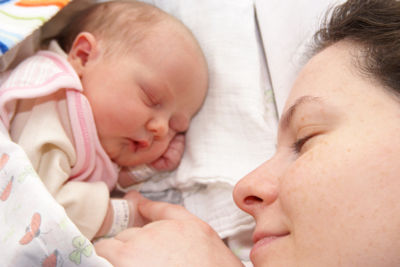



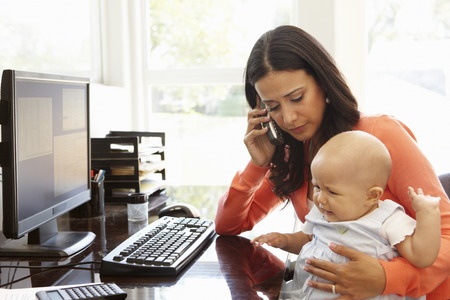
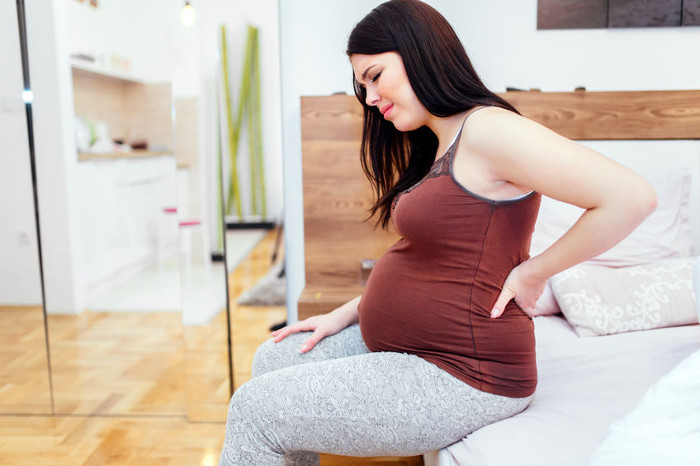
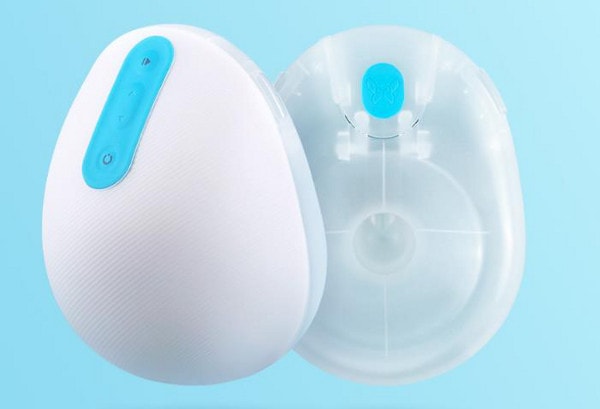










Leave a Comment: